1.
Introduction
It has been more than two decades since the acronym STEM was created in 2001 at a conference of the National Science Foundation. This independent federal agency supports science and engineering throughout the states and territories of the United States. It served to denote those scientific disciplines such as Science, Technology, Engineering, and Mathematics for which it was hoped there would be a greater uptake in the face of the profound change that the scientific-technological revolution was bringing about in the U.S. economic and production system. At that time, it had become a priority to train young people to prepare for the new skills required by the working world and thus try to close the educational gap that had been recorded concerning the needs that had been detected. From there, a cultural and pedagogical debate emerged that coming out of the U.S. context has involved Europe, and is currently affecting Asia [1]. Today, the former meaning of the acronym has expanded to indicate a new pedagogical philosophy that, starting from an interdisciplinary approach, seeks to educate to a complex view of problems [1]. This is to provide solutions capable of synoptically grasping the multiple challenges of the contemporary world. In this perspective, skills from different STEM disciplines merge into new competencies.
What is significant is that skills of a theoretical nature, also characterized by a high degree of abstraction and formalism, for example, those of a mathematical-scientific nature, are reconciled with the technical-practical skills that characterize the engineering and technology fields. Since 2010, interest in STEM disciplines has grown steadily and significantly [1,2]. This emerges from a systematic analysis, both qualitative and quantitative, of 798 articles on STEM education published between 2000 and the end of 2018 in 36 journals, which showed this exponential step change [1]. The study highlights that the 488 publications involving the four STEM areas are the most numerous (61 percent), followed by the 141 (17.7 percent) involving one area, while the 84 involving both STEM and non-STEM accounted for 10.5 percent; finally, studies involving two STEM areas are 72 (9 percent) and those involving three STEM areas are 13 (1.6 percent). The authors of the study also point out that a significant increase in studies will also be seen in the future, also brought about by the fact that the first STEM education journal, the International Journal of STEM (IJ-STEM) entered Scopus in 2018 and into the Social Sciences Citation Index (SSCI) in 2019 [1,3]. In the 5-year journey to reach this milestone, the articles devoted to the STEM area have been heavily concentrated in one journal, so much so that they constitute a specific and recognizable identity that was previously lacking [3].
According to the Framework for the 21st Century Learning report, which set out to identify 18 competencies that students must possess to sustain the challenges of the 21st century; 4 of these seemed indispensable and were brought together in the 4 Cs model [4]. They are Critical thinking, Communication, Collaboration, and Creativity. These keywords seem to be the toolbox with which to orient oneself in the face of the changes and problems that today's world continually poses. In detail, Critical thinking summarizes those activities of objective and objective analysis of a situation or problem contextually to the analysis of the facts, evidence, or evidence that emerge as related to it; Communication emphasizes the ability to listen to others and the ability to enter into relationships, which are, for example, fundamental for successful teamwork, but also the ability to use different media, the technological means that are now an integral part of the communication process, including GAI tools that are changing the approach to data management [4,5,6]; Collaboration identifies the ability to work cooperatively and non-competitively to enable a team to achieve the goals of a project more easily [5]. In this regard, for example, it is useful to be able to iron out any conflicts between group members, and to be able to meet individual tasks and deadlines to enable collective work; finally, Creativity emphasizes the ability to find solutions to problems that are outside the box, beyond the ordinary, in a word extraordinary. It is no accident that this expertise, seemingly so far removed from scientific rigor, is what has enabled previously unthought-of discoveries.
When trying to reconstruct his creative processes, Albert Einstein recognized an early imaginative and intuitive phase as precursory to what would later be theoretical development [7]. For that matter, the French mathematician Jacques Hadamard, in the early twentieth century, identified two different models by which scientists exercise their ideational capacity: One analytical and the other intuitive. In his opinion, the latter legitimizes the former, so much so that he stated that: "The object of mathematical rigor is to sanction and legitimize the conquests of intuition, and there was never any other object for it" [8: 41]. However, there are also those, such as geneticist Stephen J. Gould, who, in elaborating the concept of contingency, claim to have been inspired by St. Mark's Basilica in Venice and specifically the internal structure of its dome to define its role in the structure of biological evolution [7: 14]. It is therefore not surprising that today, alongside the STEM disciplines, art is being added, which springs from intuitive visions, metaphors, and suggestions that seem to have little to do with a rational view of things, but instead, in a multidisciplinary approach to problems, serve precisely to find solutions.
Within this reference background, and in light of using new GAI technologies, which can expand the creative and intuitive aspect of human thought by developing its ideational capabilities and represents a risk when used on a large scale, creating powerful artifacts, one wonders what the role of critical thinking might be and what the contribution of philosophy, a discipline constitutively related to it, might be in the STEM disciplines [6]. The research question starts from the assumption that, while it is true that the current technological revolution goes hand in hand with the need to develop trust in these artifacts and the need to control their creation with a view for adoption by users, it is also true that much remains to be defined in many respects: Legal, ethical, and cultural [6]. Therefore, it seems natural to ask what cultural tools humanity has at its disposal to make conscious choices that help them use the tools of generative intelligence responsibly. Ethical choices were once guided by philosophy. Indeed, from its origins, philosophy has been concerned with ideas, and the relationships between them taught humans what it means to think critically and guided their ethical choices by helping them understand what is right and wrong [9]. Does it make sense today to attribute this complex function to it, or has the specialization of knowledge deprived it of this role?
Philosophy enters rightfully within the development of critical thinking, but does its role stop there, or does the exercise of this discipline play a role that goes outside these boundaries? If so, how does this role play out in the STEM disciplines, whose development is closely linked to the development of technological knowledge? Can it help students develop a critical understanding of GAI and its uses? In this essay, I aim to investigate and consider these research questions. In addition, by investigating the concepts that coalesce around them, we aim to initiate a reflection that relates critical thinking, philosophy, and GAI to STEM, which does not seem to be developed in the literature, with the hope that it may, in the future, address this area of research more specifically.
2.
Materials and methods
My difficulty was establishing research guidelines because there is no general literature review on STEM discipline education research and development; there are many research perspectives that contribute to the difficulty of specifying an area [1]. In addition, journals devoted specifically to STEM disciplines are recent [3]. The International Journal of STEM was the first STEM education journal accepted into the Social Sciences Citation Index (SSCI) in 2019. Finding the term STEM or STEAM in the title of journals or abstracts is also a trend in recent years [1].
Therefore, a review of recent literature was carried out, covering that which specifically included the concepts or topics that were the subject of the research questions. The search started with the Scopus database using the keywords STEM and Education from the year 2000 until 2023. A total of 25, 366 documents emerged, of which were 12, 086 articles, 8, 543 conference papers, 1, 628 book chapters, 1, 447 reviews, and 420 editorials. Subsequently, the field was narrowed down by selecting the top six authors by number of articles (Yuenyong, C. present in 39 articles; Moore TJ. in in 34 articles; Godwin A. in 30 articles; Capraro RM. in 27 articles; Li, Y. in 26 articles; Castro M. 26 articles). This single participation or with others seemed to indicate an ongoing interest in STEM topics. The texts of these authors were examined to identify which ones addressed the topic in a way that was functional to the research objective. Careful consideration was given to those that offered a systematic analysis of the topics such as, for example, those articles to which Li, Y. contributed.
Then, the scope of the investigation was also extended to those scientific publications not included in databases such as Scopus but produced by authoritative research institutions (international and national bodies, European institutions, etc.) based on research objectives and references suggested by the authors of the articles examined. Finally, a selection of open-access articles was also examined, selected directly within journals dedicated to STEM, first based on title and keywords, and then according to themes and concepts that seemed innovative to the research questions. No geographical area restrictions were set, but a focus on the European guidelines was considered.
The method of philosophical reflection guided the argumentative exposition of the thesis after an analysis and comparison of topics.
3.
Results
Philosophy, by its very nature, through dialogue and confrontation, promotes the development of critical thinking, which is one of the key skills for dealing with the problems and challenges of the 21st century. Indeed, the dialogical technique has its roots in the history of Western thought and is inherent in its development.
It was Plato who transcribed the Socratic dialogues and showed us, through the written word, the method that, in his understanding, would make truth shine through. It involved three topical moments: The definition of a problem seen from different, often opposing points of view; the refutation of false truths, which took place by highlighting contradictions or unfoundedness; and homologhia, the synthesis reconciling the distinct positions expressed by the participants. Reasoning was developed through questions and answers among the participants and constituted a genuine method of inquiry [9].
This method, the basis of modern philosophy, led I. Kant to distinguish phenomenon and noumenon, and G. F. W. Hegel developed the Hegelian dialectic, which is characterized by three topical moments: An abstract moment (intellectual), a dialectical moment (negative rational), and a speculative moment (speculative rational). The third moment resolves the conflict between the previous two moments in a dialectical synthesis keeping what was true in both. The overcoming (Aufhebung) is both taking away and preserving and enhancing.
In 1910, American philosopher J. Dewey, with the publication of How We Think, set a milestone in knowledge education. He explored the different ways in which we think, including critical, creative, and scientific thinking, emphasizing how this can be educated. In his essay, he emphasized the importance of active involvement in learning, the need to develop the ability to solve problems and to direct reflection systematically towards research objectives. In addition, he pointed out that the centrality of learning is based on the relationship between the concrete world and the learning individual. This process thus becomes a social fact that also assumes relevance concerning people's psychological well-being [10].
In the second half of the twentieth century, on the other hand, a critique of the scientific method was developed by Kuhn and Bachelard, Horton, and Feyerabend, which emphasized the trial-and-error proceeding of knowledge and its discontinuous nature [11,12,13]. Here, philosophy has brought its ability to go beyond certainties, clichés, and established tradition, highlighting the often-contradictory problematic nature of reality. Some interesting questions at the heart of the current philosophical debate, which has become outdated because it is extremely radical, are focused on the meaning of critical thinking and its value about the human figure and its role in society, and are, according to Franco Cambi, the following: "What makes thought critical? Who is the Anthropos removed from all rhetoric of humanism? What society to realize for man and the exercise of criticism?" Such questions make it possible to make philosophy a true vademecum of both existence and experience [14].
This brief excursus highlights the close relationship existing between critical thinking and philosophy, since both ask questions that do not have a defined answer as their objective, but constitute a true cultural attitude, which opens the questioning and orients it to the ability to establish meaningful relations between subjects, ideas, and complex phenomena.
Wanting to get into the concrete and provide a few examples of how this mental habit rightly enters the world of training, I feel it is important to point out that a relevant aspect of training today seems to be oriented toward the development of talents that will be expressed in the business world. The ability to put together technical-practical knowledge and orient it in market contexts is a skill that exits disciplinary boundaries and enters contexts with increasingly blurred contours [15]. Having acquired the appropriate economic and financial knowledge, the development of entrepreneurial talent must start from critical thinking, which is capable of overcoming the separation of knowledge in favor of their interconnection and contextualization [16]. Once the separation of knowledge is overcome, however, it is necessary to know how to synthesize in the most effective way possible, perhaps following three process operations such as: Select, organize, and integrate, which represent the 21st century skills oriented to talent training. With the development of GAI, such as OpenAI's GPT-3, and without human help, a convincing scientific article on the discovery of a unicorn in the Andes was produced. Critical thinking supervision is needed to expose the mystification [5,6]. The key to quality training seems to be the encounter between talent, role, and context, where creativity is expressed in the ability to respond to differences, and skills must be developed into systems thinking [17]. In the past, philosophy traditionally constructed systems of thought endowed with an intrinsic conceptual architecture, which represented its backbone; today, these architectures seem to be how competencies, which are increasingly complex and propaedeutic to direct action critically, are expressed [17]. The mass use of GAI seems to require training in the ability to orient oneself critically and ethically in the intersection of different competencies, not only technical-scientific but also psycho-social [6]. This terrain is familiar to philosophy. According to Rosaria Capobianco: "A young talent of entrepreneurial competence will need to be able to use learned knowledge, not seeing it as a mere piling up of inert knowledge but rather considering it the premise for the development of 'thinking in action' " [18: 130-131].
This statement seems particularly fitting for young people with an engineering background who enter the business world and need to be able to direct their actions in the capitalist market. The first question that critical thinking underpinned by philosophy might raise is ethical reflection related to the issue of safety, trust, and sustainability, and to the use of GAI's tools [6]. Indeed, the technological innovations of which engineers are developers may also hurt the environment [19]. In addition, competition between companies could lead to lowering the quality of products or services. That is why it is very important for engineers to be aware of the social effects that such innovations bring and to act responsibly toward society and the environment. However, when should this education start and be led by whom?
4.
Discussion
From these reflections, it can be deduced that critical thinkers are, provided that appropriate measures are activated within the educational curricula to foster the development of the skills that characterize this approach. Likewise, it seems relevant to combine it with a sense of individual and collective well-being that must be developed throughout the learning journey and professional life [20]. Thus, education is a lifelong process that starts from the different stages of higher and university education and extends to working life.
The verb to educate, from the Latin e-ducere, to lead out, directly relates what is known to the methods by which it is known and the context within which the knowledge experience takes place. These connections are cultural and methodological but also human and social. It will be normal to expect, for example, that students will seek to achieve results to attain certain educational milestones that are useful for optimal placement in the world of work, as well as for the pleasure of knowing. Thus, the relationship with teachers will be influenced by this conditioning as the reading of the external context for the achievement of goals. In addition, direct experience plays an indispensable role in the learning process. For example, it is one thing to gain knowledge of a place through a real trip, and another through a virtual trip. However, it is precisely the real context that can offer nonlinear readings, which move out of the cause-and-effect logic and introduce that of fuzzy logic [20,21].
Broadening the concept of context, one cannot ignore the challenges that contemporary life presents from climate and environmental challenges to energy challenges, which are indeed, the focus of STEM education interests. In these areas, the concepts of complexity and probability are now an integral part of the approaches used for problem-solving and evaluation of possible scenarios. To intervene in these contexts where: "Facts are uncertain, values in question, interests high, and decisions urgent", Silvio Futowictz and Jerry Ravetz [21] propose using the concept of post-normal science, which they are originators, to be used alongside the concept of normal science, which works in simpler, more linear contexts where facts are less uncertain and interests at stake less high. It is here that the use of critical thinking exercised through philosophical reflection capable of moving within scenarios that are not entirely defined and open to questioning values can offer unprecedented possibilities of vision. Applying only scientific paradigms with a high degree of implicit reductionism in contexts with a high degree of complexity could produce negative effects.
Instead, the two scholars propose to integrate the two models. The post-normal science model proposes to expand the number and type of people authorized to collect data and review papers (peer review), to broaden the audience of stakeholders by extending it, for example, to scholars from other fields or minority scientific stakeholders outside the majority scientific community. This model seems to be relevant today in contexts such as that brought about by climate change or that implemented by the Covid 19 pandemic. Expert citizens, who can be active observers of scientific phenomena or co-producers of scientific knowledge, also play a relevant role in this view [22]. In this regard, Europe is pushing hard in this direction of participatory science through citizen science, actively involving citizens in scientific activities that generate new knowledge or understanding of problems [23].
Individual countries also take steps to train teachers and students in this new science-society relationship [24,25]. In the post-normal approach, citizens are indeed involved in all stages of the scientific process and collaborate with scientists to identify possible solutions, for example for environmental issues. However, even during the Covid 2019 pandemic, this model of knowledge sparked various interests among scholars and raised awareness among citizens. In parallel, on the educational level, post-normal science has highlighted that the nature of the natural systems we are part of is constantly becoming complex, so knowledge must constantly structure and deconstruct itself [20]. The ability to structure and deconstruct the foundations of thought is a characteristic of philosophical knowledge, which is therefore a ductile and useful tool for interpreting a new vision of science [14,26]. It is important to emphasize that this view of science cannot exclude education for conscious use and the promotion of trust in the tools offered by GAI, especially when used on a large scale [6]. Furthermore, this approach to knowledge improves the relationship between institutions and territory, making citizens participate and be aware [26]. Finally, according to the reflection of education scholar Laura Colucci Gray [27,28], the way research and education are co-produced and disseminated is changing rapidly. Post-normal science thus proposes a reversal of perspective between the ego and the world, where the ego stops being the subject observing the world as other than itself, which is typical of the reductionist perspective. It transcends its centrality in the world to simply being part of it. This change of perspective represents a philosophical approach to the subject of education that has many concrete effects.
5.
Conclusions
Philosophy plays an important pivotal role in the dynamics of relationships between the different STEM disciplines. Above all, it promotes the development of critical and argumentative thinking by its very nature, which, from its inception, is expressed through dialogue and discussion. From a theoretical point of view, its ability to develop abstract thinking can help define concepts such as subject and object, which we have seen, can, for example, be turned on its head in the perspective of post-normal science.
Philosophy illuminates some of the dark areas of the relationship between concepts such as self and world and shows how, by reversing the perspective, what was an object can be a subject. Again, the concepts of uncertainty, probability, complexity, or participation can have different meanings, which is useful to define, with the help of philosophy and critical thinking, both within the different STEM disciplines and in the context of application and the social context where the spillovers are implemented. In the biotechnological sciences, even the development of new drugs and therapies may be conditioned on how the concept of stemness is applied in different tissue types, that is, whether it is considered a definite, dispositional, relational, or systemic property [29].
Thus, philosophy can help, with the exercise of critical thinking, in the definition of concepts through the formulation of orienting questions, but it is also a tool for linking partially heterogeneous elements that emerge prominently in nonlinear or emergent real-life situations [30,31]. In the model of science proposed by post-normal science, the relationship between academic research and the social community is intensified, as science is seen as a participatory process in which citizen science plays a decisive role. Here, philosophy and critical thinking can play a crucial role in helping to understand how reference values change and in opening reflections to help make ethical choices [32].
The pandemic crisis has offered an illuminating example of how an extraordinary scientific event has had highly impactful social effects that have irreversibly affected the educational world. Indeed, in a continuous bombardment of data that cannot be predicted according to linear logic, it was realized how strategic it is to correctly evaluate statements and arguments, justify procedures, and do self-examination and self-correction. To do this, it is important to interpret the data after analyzing them based on a careful decoding of the meanings [31,32,33]. In concrete terms, it was seen that there are effective strategies for pursuing critical thinking skills in all subject areas. Specifically, the following had positive effects: Dialogue, exposure to authentic problems, and tutoring [31]. Philosophy is the discipline that, since its ancient origin, before science, is trained to do this using a rigorous method. Quick in its capacity for abstraction, but lente cogitans for depth of reflection, it can clarify doubts by interfacing dialogically as an equal partner with other subjects in STEM, and more complex contexts, including virtual. Philosophy, then, weaves a virtuous web between the school and the rest of the culture, capable of dialogue in unfamiliar terrain, where the unexpected makes policy responses for societal uncertainty. Its contribution to STEM appears relevant, not only as a bridge but also as an autonomous theoretical activity, especially when placed in a post-normal scientific context, where the use of critical intelligence becomes an essential supervisory tool.
In summary, the results of my research show that critical thinking, guided by Philosophy, plays a pivotal role in the dynamics of developing a dialogue between STEM disciplines; it helps to define concepts whose definition may be controversial among different STEM disciplines; it is a useful tool to supervise the use of GAI; in a post-normal scientific context, it can offer extraordinary possibilities of vision; and it can be taught in all subject areas of STEM education.
6.
Recommendations
Based on the reflections set out in the conclusion, I propose some recommendations for the use and fruition of GAI:
• Make it explicit that the content has been generated by GAI, possibly also clarifying the modalities and procedures, especially if the GAI systems generate or manipulate image, audio, or video content.
● Design the model in such a way as to prevent the generation of illegal content.
● Publish summaries of the data with the copyrights used to produce the products.
● Make it explicit whether the GAI products have or have not had human supervision.
● Make it explicit what kind of human supervision was exercised over GAI products.
● Provide some ethical recommendations for the use of GAI products.
● As informed users, check if the above conditions have been met by those offering GAI products.
Use of AI tools declaration
I declare that I have not used Artificial Intelligence (AI) tools in the creation of this article.
Acknowledgments
I would like to thank the constructive feedback provided by the reviewers.
Conflict of interest
I confirm that there are no known conflicts of interest associated with this publication and there has been no significant financial support for this work that could have influenced its outcome.
Ethics declaration
The study does not include human or animal subjects and no animal testing is planned.
Author's biography
Dr. Elena Guerra is a doctoral student at the Department of Mechanical and Industrial Engineering at the University of Brescia. She specializes in Science Communication and has a degree in philosophy. She has a lot of experience as a high school teacher. Her research interest is aimed at roboethics. My ORCID is: 0000-0002-7311-6413.











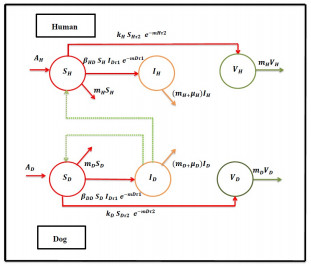
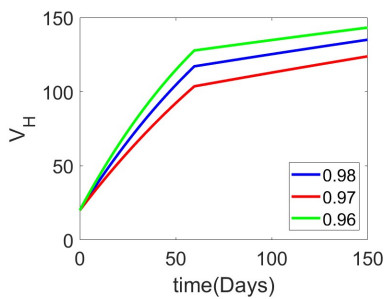
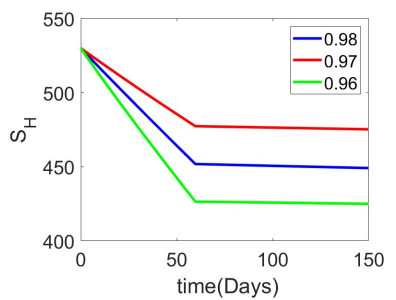
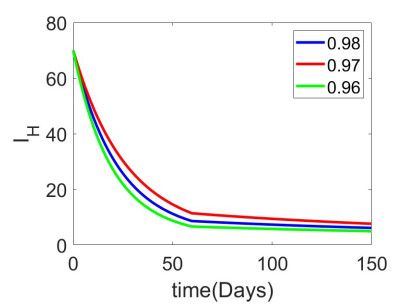
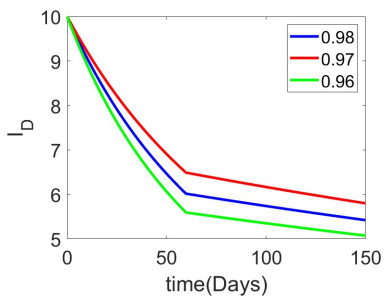
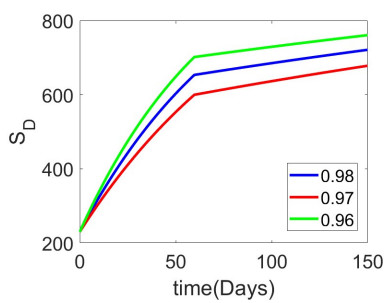
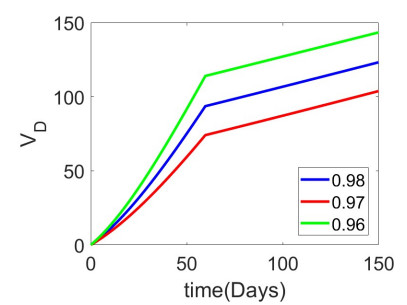
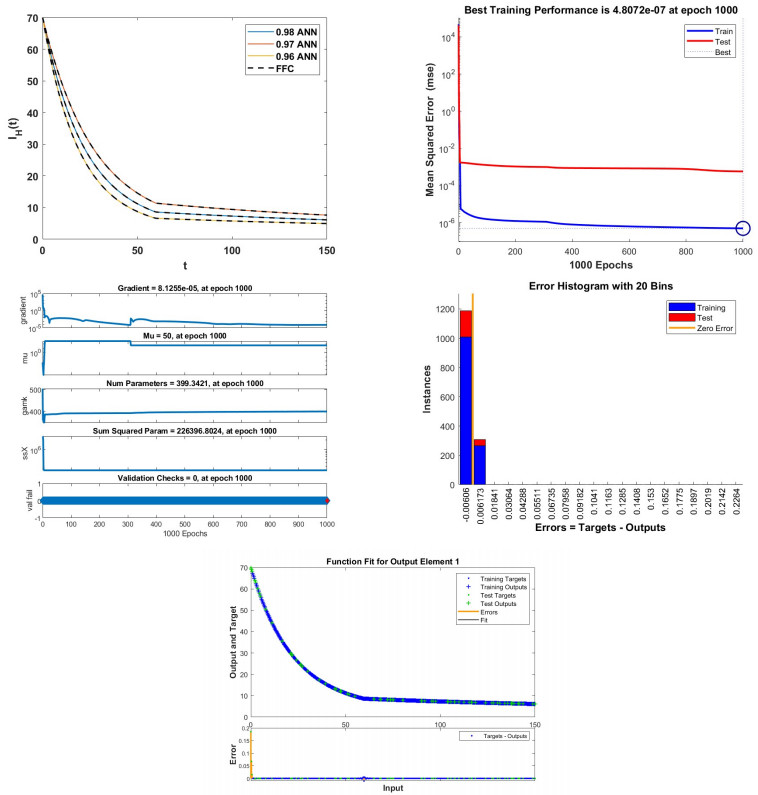
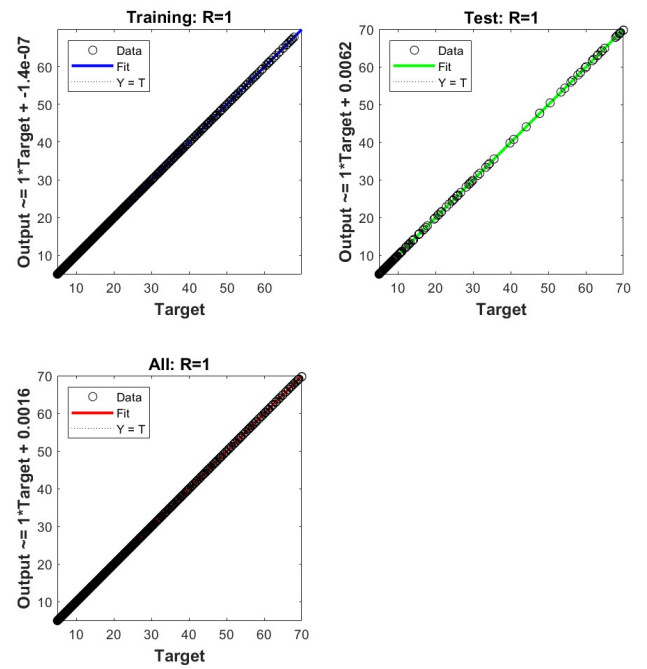
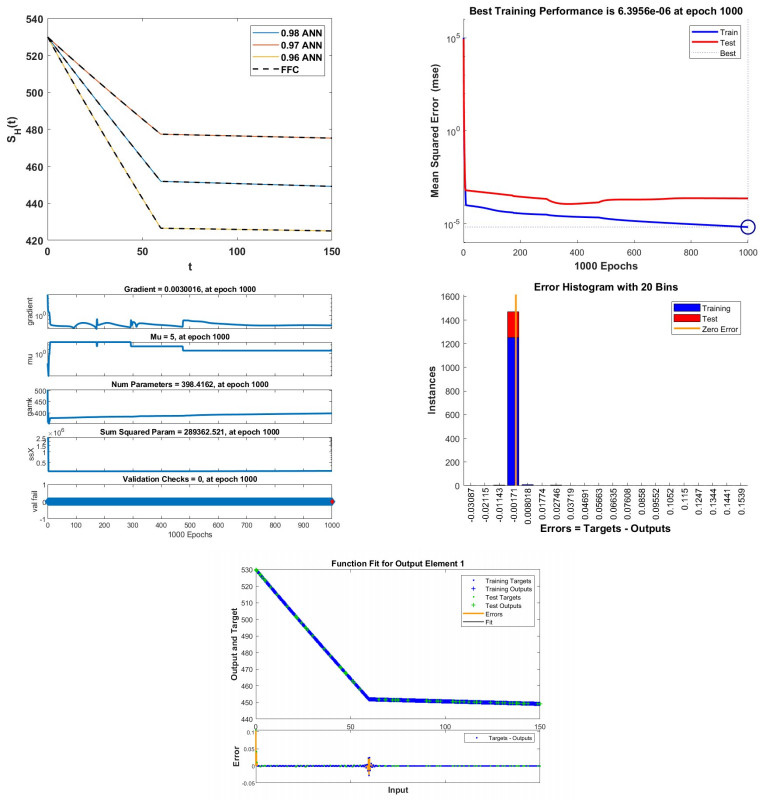

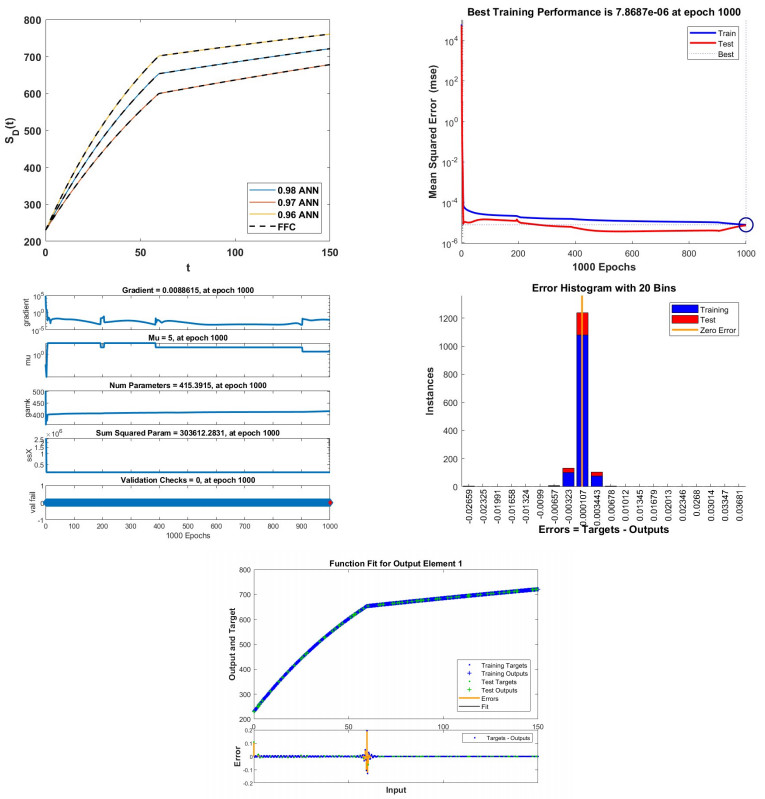

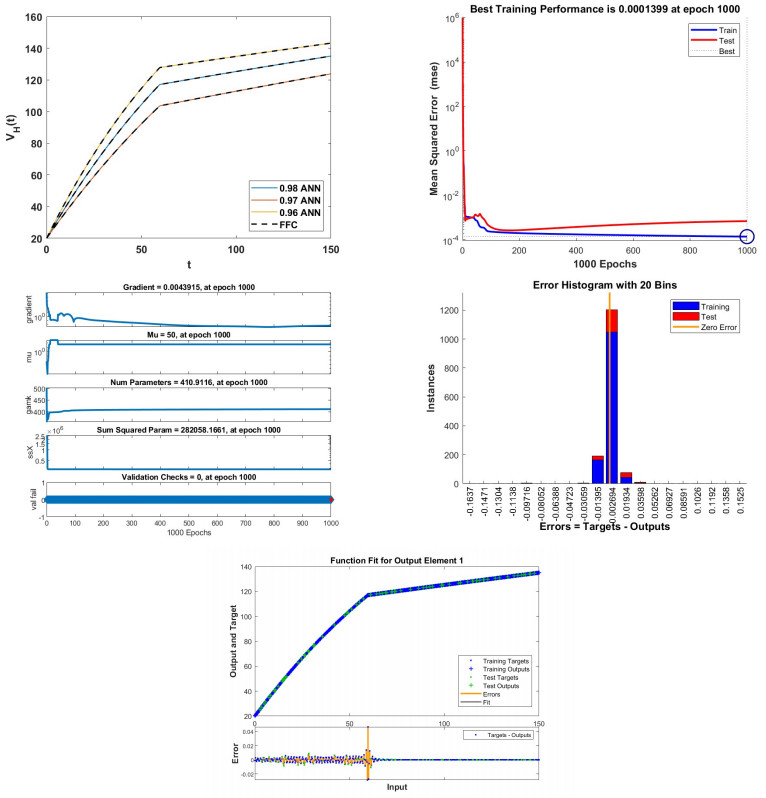

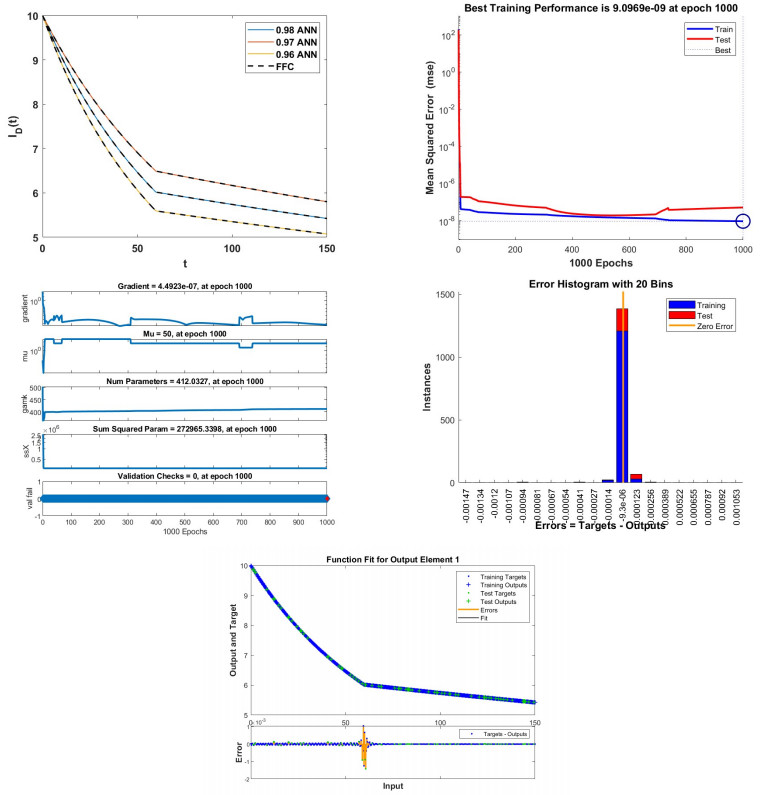
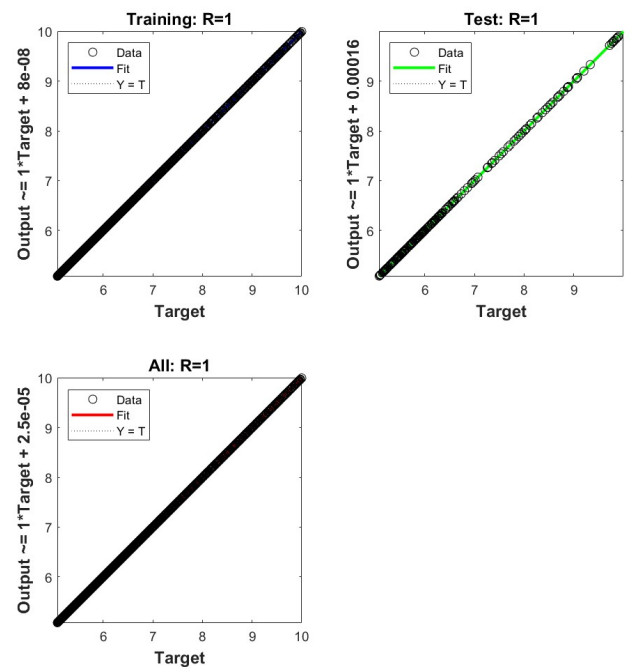
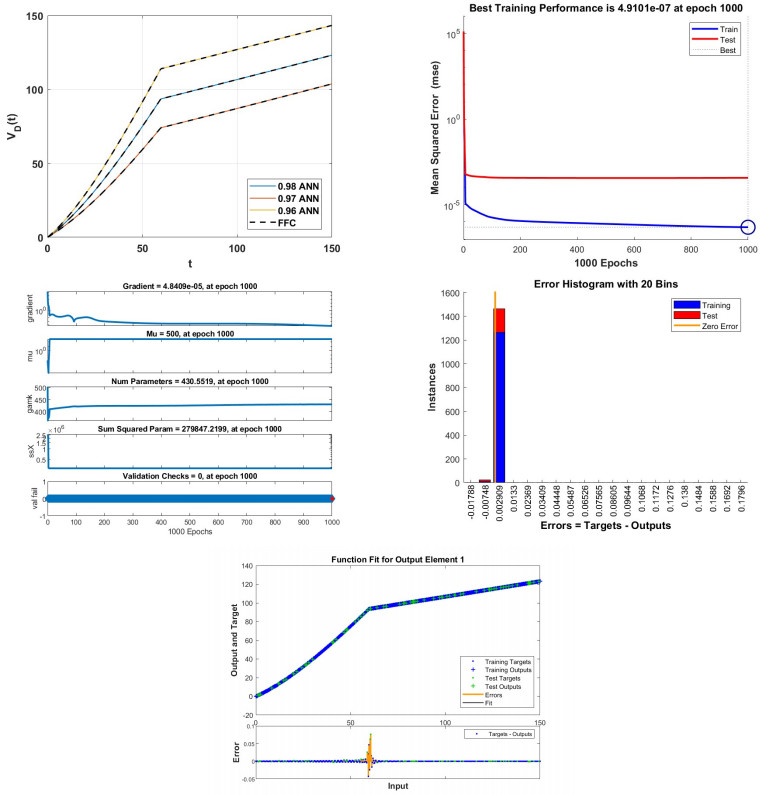



 DownLoad:
DownLoad: